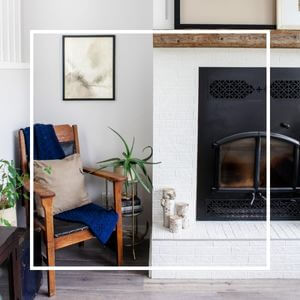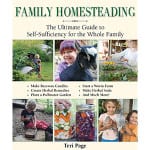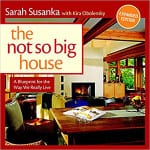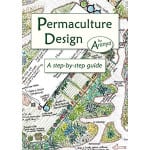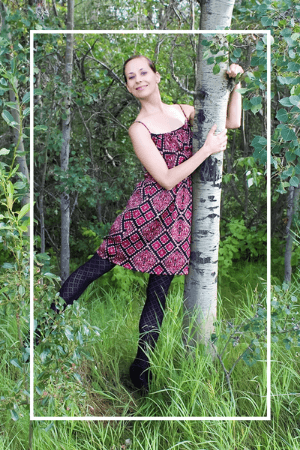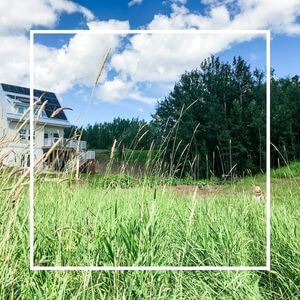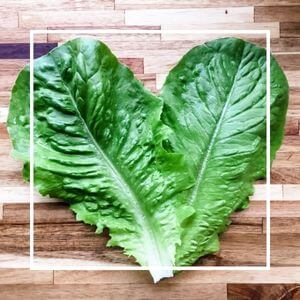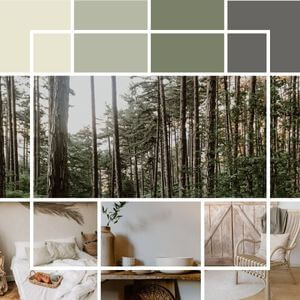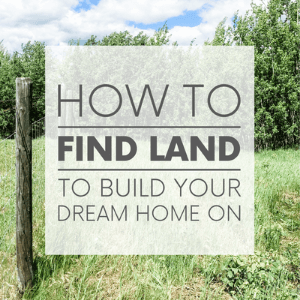 Whenever we tell people about our land one of the first questions they ask is, “How many acres do you have?” Now, 40 acres may not be a lot if you come from a farming family and own a quarter section (160 acres) or more. Or if you live somewhere where land prices are less expensive. But owning 40 acres just 20 minutes outside of a major Canadian city is pretty rare.
Whenever we tell people about our land one of the first questions they ask is, “How many acres do you have?” Now, 40 acres may not be a lot if you come from a farming family and own a quarter section (160 acres) or more. Or if you live somewhere where land prices are less expensive. But owning 40 acres just 20 minutes outside of a major Canadian city is pretty rare.
We have a lot of friends and family members who live on acreages that are in the one to five acre range.
So I think that’s why people’s jaws tend to drop when we tell them we have 40.They ask us what we plan to do with it and we tell them about our dream home, or as I like to call it – Our House in the Trees. And, let it be said, I use the term “dream home” very loosely. Almost everyone has a vision of what their ideal home would look like. For some people that’s a sprawling mansion. For others it’s a tiny house.
For us? It’s a home just big enough for our family of four, sustainably built and filled with green finishes, eco-friendly decor and a whole lot of happy memories. And even though I’ve been saying it for years, we REALLY are going to be building this summer. You know, pending disaster…
To read all about how our land came into our lives, you can visit my post The Story of Our Land. To read my tips on buying land and building a home, see below! I’ve also included some books I’ve found helpful in the planning and design of our sustainable home.
Plus… I made a video where I also talk about what to look for when buying land to build a house! Make sure to watch to the end, where I give a quick tour of our land and our upcoming sustainable home’s building site.
Decide What Kind of a Lifestyle You Want to Lead
If you’re thinking of buying land to build a house later, knowing what you want your life to look like after you build will help you narrow down the types of land you look at. For example, if you want a little extra yard space, but aren’t interested in any of the “challenges” that can come with country living – then you most likely are going to want to look at small parcels within subdivisions that have access to city water, gas, electricity and paved or well-maintained roads.
I say “challenges” because the extra work required when you live a more rural lifestyle may be exactly what you’re looking for. Many people want to live off the beaten track and accept that means they’ll have to maintain their own roads, drink well water, live off the grid – perhaps even grow their own food.

We are extremely lucky because our land really is the best of both worlds. It’s right next to a paved highway that thankfully isn’t too busy. We were able to get power to it, but we’re going to subsidize with solar power. We’ll also be able to get a gas line to it, but are going to primarily heat our home with a wood burning fireplace.
I also think that when you fall in love with a property, you adjust your lifestyle to fit it. You may think you want a small acreage in a subdivision – until you find 20 acres of stunning undeveloped land an hour and a half away from any towns or cities!
Family Homesteading: The Ultimate Guide to Self-Sufficiency by Teri Page
Decide What Kind of Home You Want to Build
While you don’t have to know exactly what style or size of home you want when you start looking for land, having a good idea will – again – help narrow the search. If you’re happy with a more traditional acreage home (where I live that means roughly 2000 square feet with a front attached garage) then a subdivision is a good route.
Subdivisions also usually have architectural standards so homes need to look a certain way, meaning the range of decisions you need to make about floor plans and finishes and such isn’t quite as overwhelming.
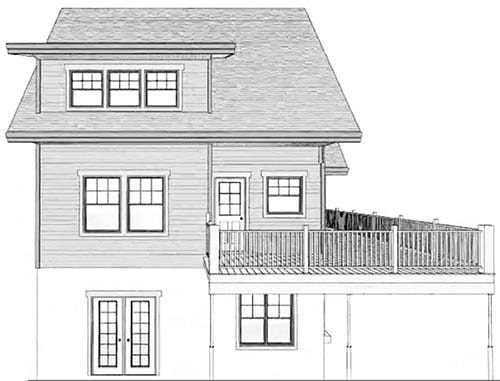
However, if you want a fully customized home, you may need to go out of subdivision. And while this choice doesn’t mean complete freedom (there are always county bylaws to follow), it does open up a lot of other options.
While the amount of work we’ve put into the design of our home and the prep of our land has already been huge – and we haven’t even started building yet – I wouldn’t trade it for a more streamlined process because a custom, hands on experience is what we’ve always wanted.
The Not So Big House: A Blueprint for the Way We Really Live by Sarah Susanka
Do Your Research
This tip could be a post all on it’s own – and maybe I’ll write it one day! But for now I just want to point out that researching a potential property is incredibly important. Much of the information you’re going to need to know before purchasing is going to come from the county. Every county is different and will have their own set of bylaws and regulations.
Some have square footage requirements, meaning a tiny house is either out of the question or you’ll need special permission. If the land is completely raw as ours was when we purchased it, you’ll need to put an approach in – something the county will need to approve. Counties can also can have strange rules about primary and secondary buildings so if you’re envisioning building different structures for different uses you should check if it’s allowed.
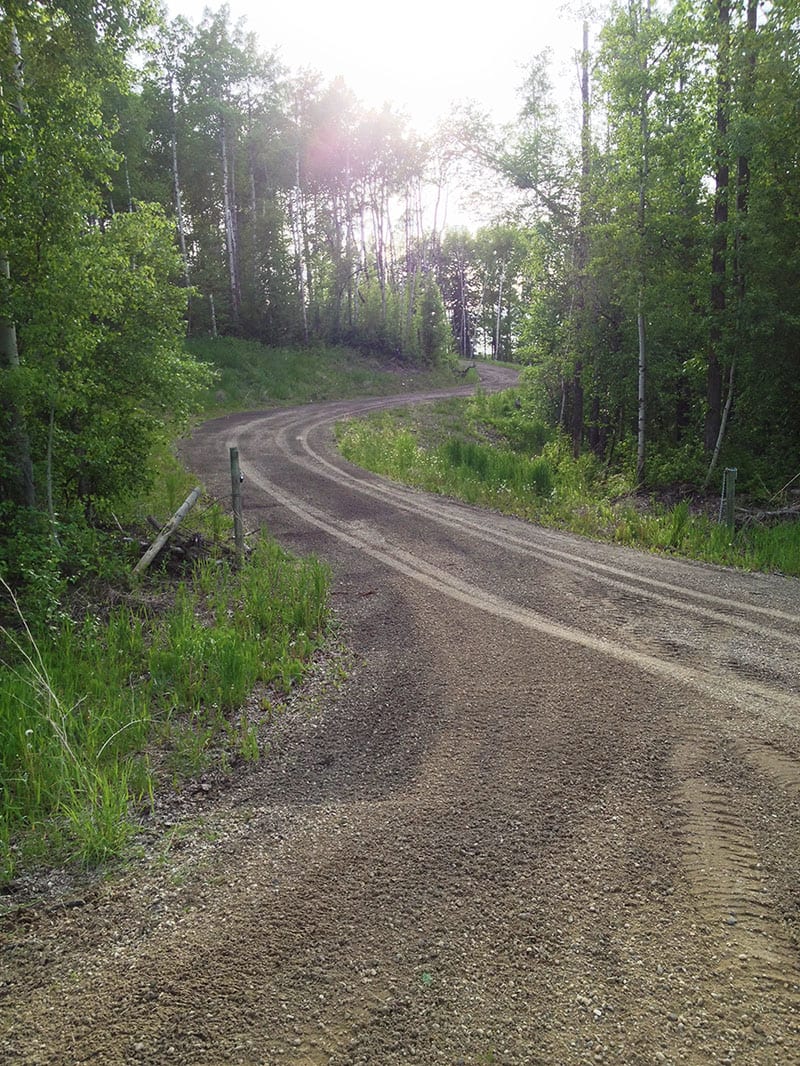
If you’re going to need a mortgage to build your home, you should also run your plans by your bank. This is something Devin and I did NOT do and ended up having issues with a garage apartment I designed. Essentially, banks like things to be done in a certain way and in a certain order and building the secondary residence before the primary residence didn’t fly with them.
Other things to look into include the neighbours. Do they shoot guns? Ride quads? Have wild parties? Depending on the life you want to lead, the aforementioned may sound great or awful. But they are all things you’re going to want to know before you buy. You’ll also want to know if there are any airports, train tracks or gun ranges nearby. Or if the land has any protected areas on it that you’ll need to avoid when building.
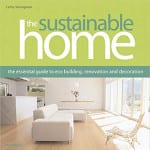 The Sustainable Home: The Essential Guide to Eco Building, Renovation and Decoration by Cathy Strongman
The Sustainable Home: The Essential Guide to Eco Building, Renovation and Decoration by Cathy Strongman
Consider Your Building Site
Every time you visit a potential property, you should consider the best location for your building site. If you already have a floor plan ready – great. If not, you should at least have an idea of square footage, amount of storeys, whether it will be a walk-out, whether it will have an attached or detached garage and so on.
Some properties will already have a designated build spot, especially if it’s located in a subdivision or if you’re buying from a developer. Some properties may only have a few options for a building site. This could be due to size, terrain, waterways and so forth. Other properties, like ours, will have a multitude of building sites to choose from.
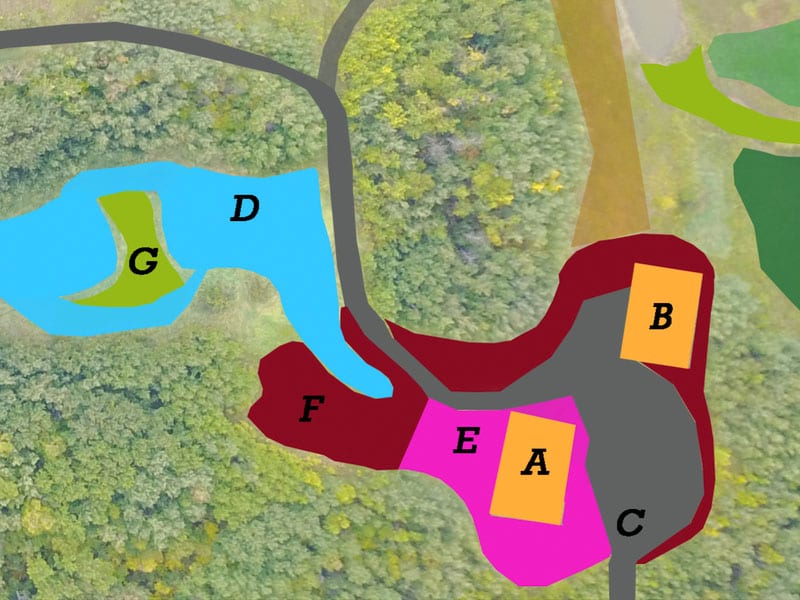
I also strongly advise, since this blog is about sustainable design, that your building site take into account the land’s trees, plants, animals and insects. For example, can you build somewhere that requires little to no tree clearing? Can you avoid areas that contain sensitive habitats?
Devin and I actually changed the location of our building site after a friend who owns a permaculture business recommended we do so. Certainly, there were other deciding factors. But respecting the lives that have called our land home far longer than we have has always been at the top of our priority list.
Take Your Time
This tip is probably the best I can offer you, but it isn’t always the most fun. Sometimes, when we decide to do things, we want to do them RIGHT NOW. Likewise, if you’ve been dreaming about buying land and building your dream home for a long time, once you start looking you’re just so eager to get the process started. Rushing means things can be missed. Details about the property. Expenses you might not be expecting.
When Devin and I started looking for land way back in 2010, our land was the first property we visited. But I’ll admit, it seemed far too expensive. So we looked elsewhere. In fact, we looked elsewhere for an entire year. And guess what? After that year of looking and finding nothing that could even remotely compare to our land, we bought it.
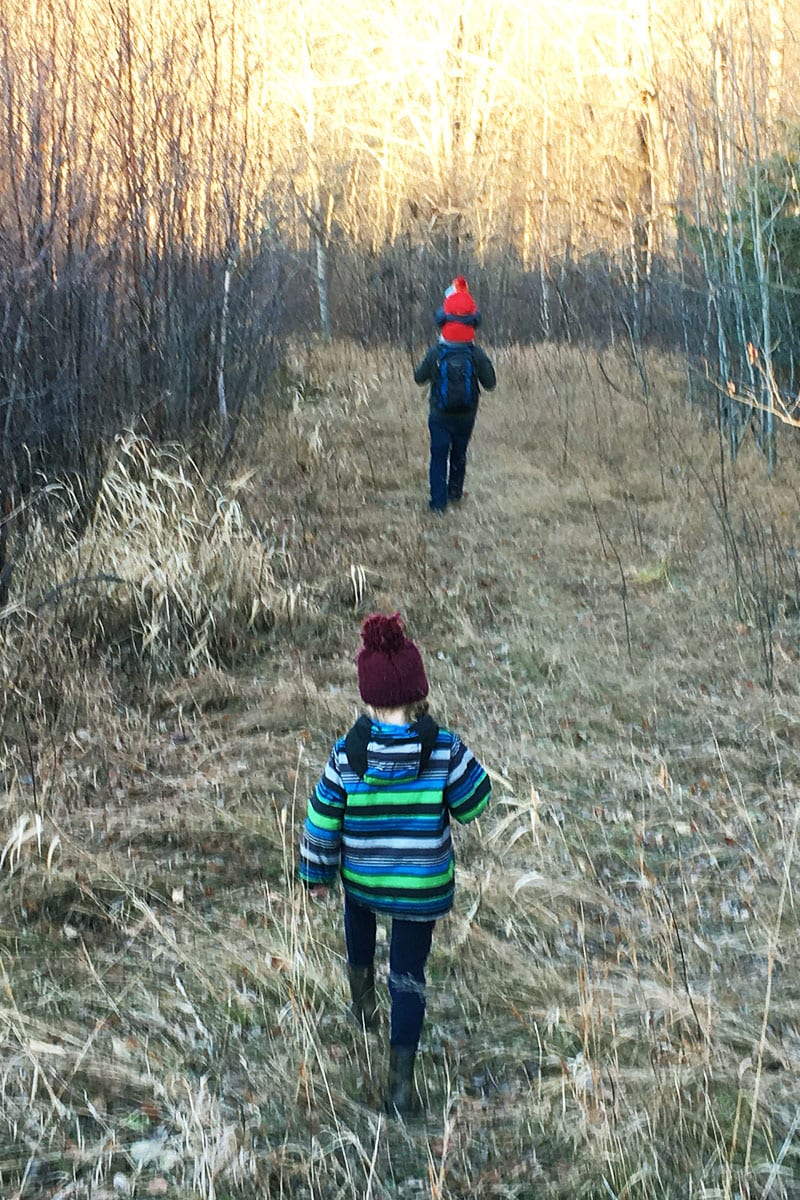
Yes, we were lucky it was still available. But the waiting and the comparing just made us more certain that we made the right decision. It also made the price tag easier to swallow because we had seen properties that cost a heck of a lot more per acre. Buying our land was essentially like buying in bulk.
And man do I love buying in bulk!
 Building a Sustainable Home: Practical Green Design Choices for Your Health, Wealth, and Soul by Melissa Rappaport Schifman
Building a Sustainable Home: Practical Green Design Choices for Your Health, Wealth, and Soul by Melissa Rappaport Schifman
PIN ME!

Posted on January 22, 2019
Former architectural technologist. Current treehugger.
I’m here to help you green your home – and your life.
Subscribe to the Of Houses and Trees monthly newsletter and I’ll send you my FREE list of “The 8 Best Places to Buy Eco-Conscious Decor Online.”
What on earth is sustainable design? Learn all about this eco-focused design method and read the latest posts about green architecture, interior design and decor.
Sustainable living is more than just a thing treehuggers talk about. It’s about making conscious choices everyday. Read the latest posts on living with the planet’s wellbeing always in mind.
Visit the Of Houses and Trees sustainable product directory and support brands trying to make a difference in the world.
Find out more about our 40 acres of land in Parkland County, Alberta and the sustainable home we built amongst the trees.
Need help creating the home of your dreams? Care about the planet? You’ve come to the right place! check out my affordable, sustainable e-design services.
Having a had time choosing paint colours? I’ve got you – and your walls – covered with an interior paint palette sure to compliment your home.
Have questions about creating an eco-conscious home? Go ahead – ask me! Sign up for one of my free online interior design consultations and ask me anything you want.
